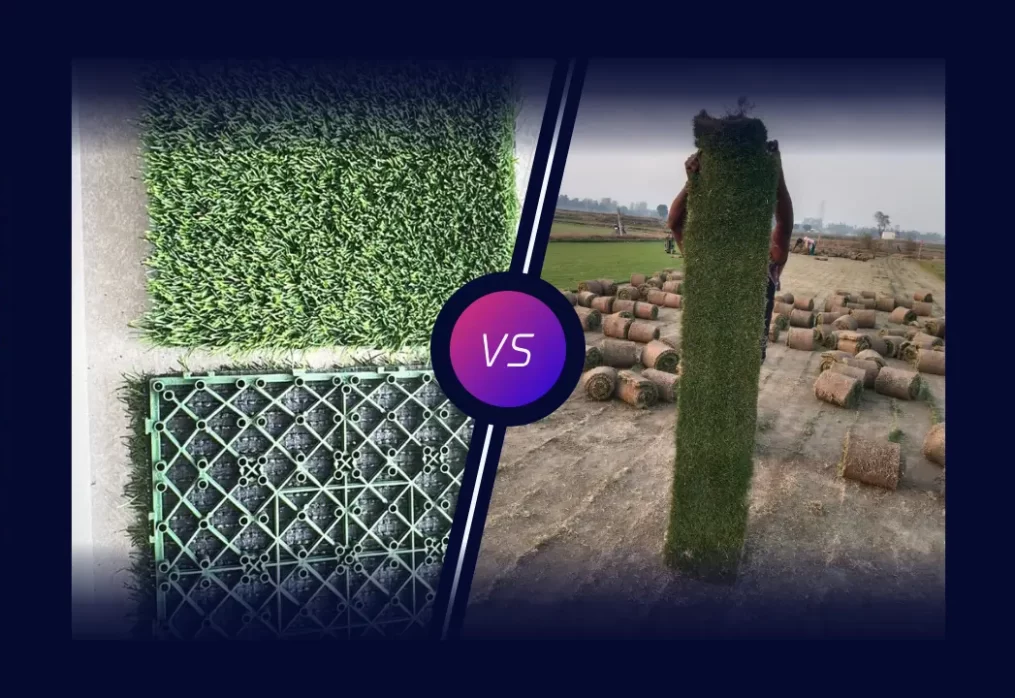Artificial Grass vs Natural Grass – Which is Better for Your Garden?
Introduction
Looking to upgrade your garden but stuck between artificial grass and natural grass? 🤔 You’re not alone! Thousands of homeowners face this dilemma. Some want the evergreen look of synthetic turf, while others crave the refreshing vibe of real lawns. With rising water costs, climate concerns, and the push for low-maintenance living, the debate is hotter than ever.
In this guide, I’ll break down the real pros, cons, costs, environmental impact, and lifestyle fit of both options—so you can make the right choice for your home.
Artificial Grass vs Natural Turf
What is Artificial Grass?
Artificial grass, also known as synthetic turf, is made from durable plastic fibers like polyethylene or polypropylene. It was originally designed for sports fields in the 1960s but has since become popular in homes, balconies, terraces, and even indoor spaces.
-
Lifespan: 10–15 years
-
Maintenance: Almost zero (just cleaning occasionally)
-
Looks: Always green, regardless of weather
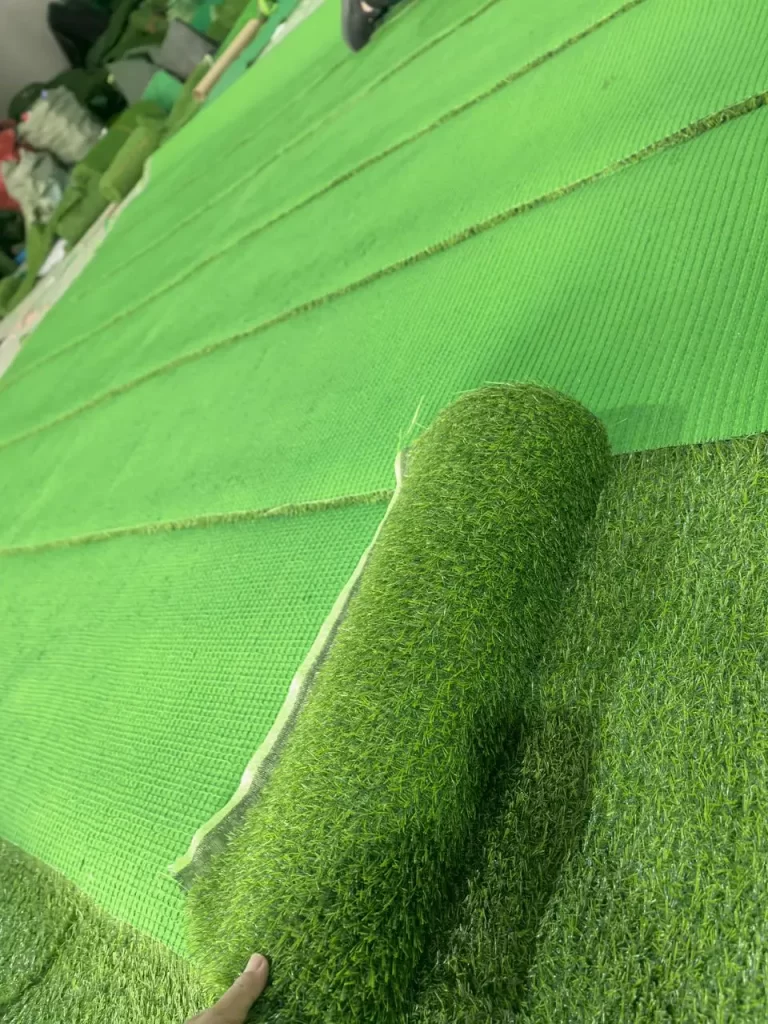
What is Natural Grass?
Natural grass is exactly what it sounds like—living grass that grows from seeds or sod. Common types include Bermuda, Zoysia, and Korean grass, especially in Indian gardens.
-
Lifespan: Renewable, can last decades with care
-
Maintenance: Regular watering, mowing, and fertilizing
-
Looks & Feel: Fresh, soft, and cooling underfoot
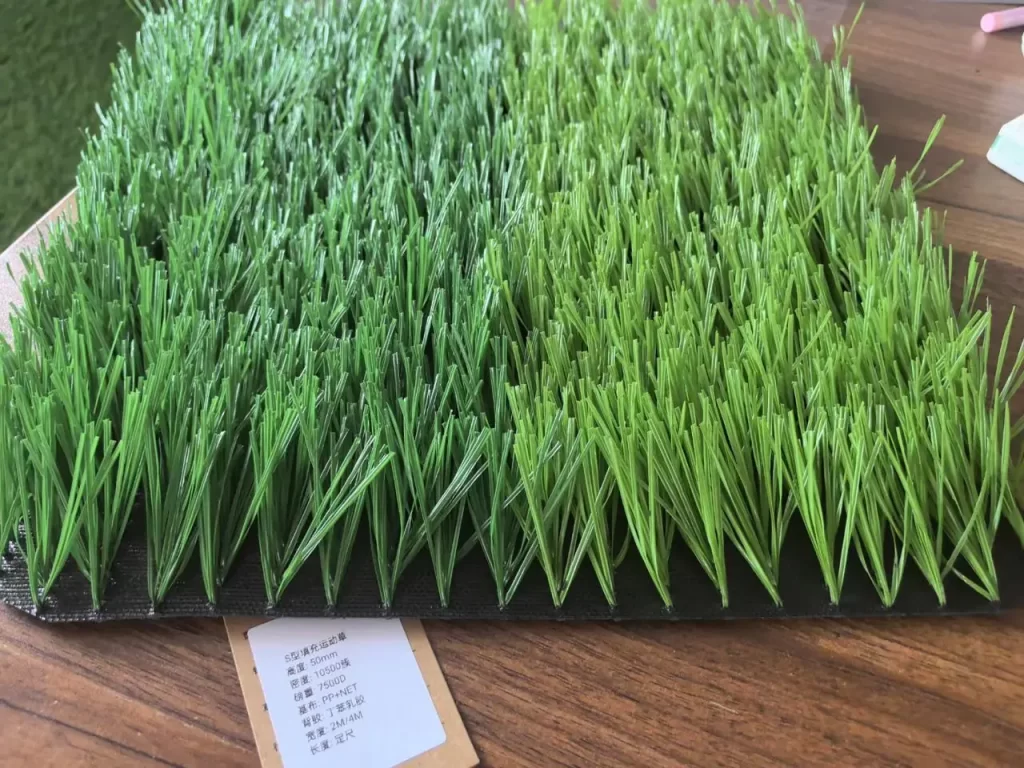
Artificial Grass: Benefits at a Glance
✅ Low maintenance (no mowing, no watering)
✅ Evergreen appearance all year
✅ Saves water in drought-prone areas
✅ Durable—great for heavy use (kids, pets, events)
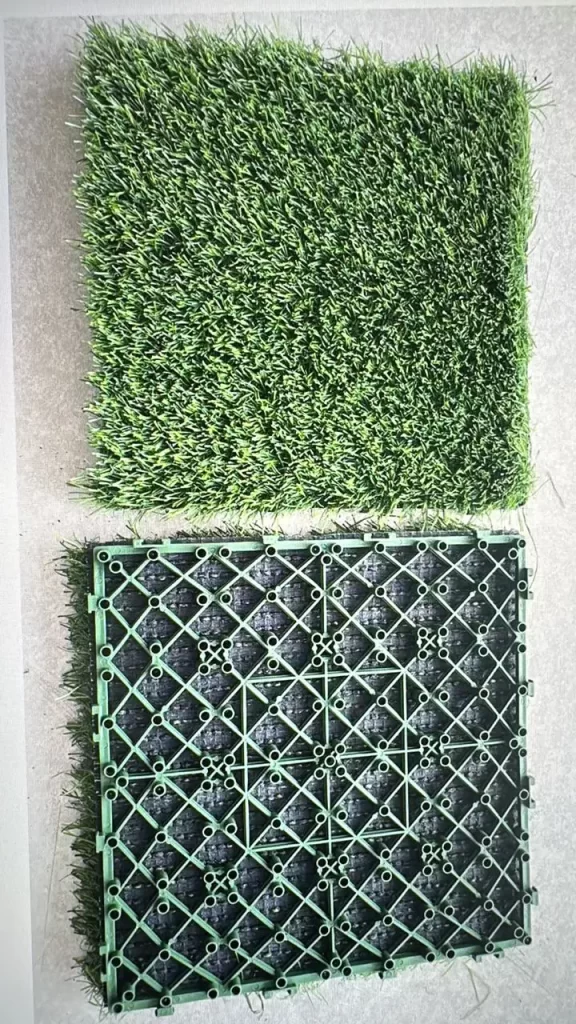
Artificial Grass: Limitations You Must Know
❌ High installation cost compared to natural grass
❌ Retains heat, can get very hot in summers
❌ Made of plastic → adds to environmental waste
❌ Lacks the natural cooling, softness, and smell of real grass
Natural Grass: Benefits at a Glance
✅ Natural cooling effect, lowers surrounding temperature
✅ Absorbs carbon dioxide and purifies the air
✅ Feels soft, looks authentic, smells refreshing after rain
✅ Encourages biodiversity (birds, insects, soil health)
✅ Affordable installation (especially with sod rolls)
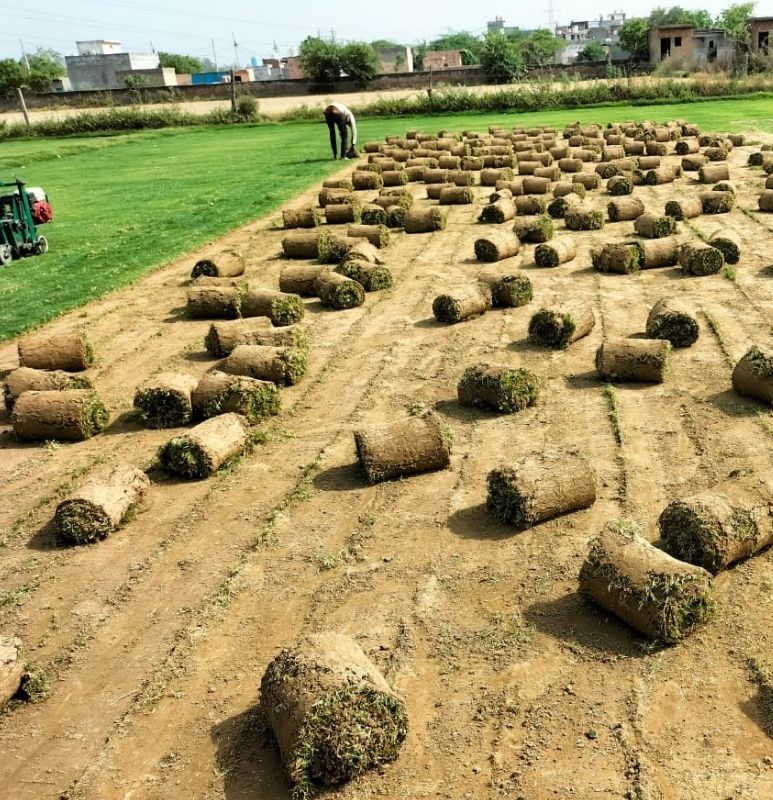
Natural Grass: Limitations You Must Know
❌ Requires regular watering and mowing
❌ Can attract pests and weeds
❌ Seasonal challenges—goes dormant in extreme weather
❌ Higher long-term care costs compared to synthetic lawns
Maintenance Showdown
-
Artificial Grass → Minimal effort. Just sweep leaves and rinse occasionally.
-
Natural Grass → Demands time: mowing, watering, and fertilizing. Great for garden lovers but not for busy homeowners.
Cost Showdown
💰 Artificial Grass: ₹250–₹600/sq. ft. (with installation)
💰 Natural Grass: ₹25–₹60/sq. ft. (with sod rolls)
👉 Artificial turf is more expensive upfront but saves on water bills and maintenance. Natural grass is cheaper to install but costs more to maintain.
Environmental Impact
🌱 Natural Grass → Eco-friendly, supports soil health, cools the environment, filters air.
🟢 Artificial Grass → Saves water but contributes to plastic pollution and microplastics.
Comfort & Experience
-
Walking barefoot? Natural grass wins—cool, soft, and refreshing.
-
Hot summers? Artificial turf can heat up and feel uncomfortable.
-
Pets & kids? Both are safe, but natural grass offers a better play experience.
Which Works Best in Different Climates?
-
Hot & Dry Areas (like Delhi NCR) → Artificial grass is practical since water is scarce.
-
Rainy or Moderate Regions → Natural grass thrives with minimal effort.
Health & Well-Being
Natural grass has proven stress-relief and mental health benefits. Spending time on real greenery reduces anxiety and boosts mood. Artificial turf doesn’t offer the same therapeutic effect, though it’s convenient for city dwellers.
Artificial vs Natural Grass in Indian Homes
-
Urban cities (Delhi, Mumbai, Bangalore) → Artificial turf is gaining popularity for terraces, balconies, and small lawns.
-
Suburban & rural areas → Natural grass is still the first choice, especially for larger gardens.
Quick Answer
If you want low maintenance, evergreen looks, and water savings → go for Artificial Grass.
If you want eco-friendliness, natural beauty, and cooling comfort → choose Natural Grass.
👉 The best choice depends on your budget, climate, and lifestyle needs.
Conclusion
The battle of Artificial Grass vs Natural Grass has no single winner. If sustainability, biodiversity, and mental well-being matter to you, natural grass is unbeatable. But if convenience, durability, and water-saving are your top priorities, artificial turf is worth the investment.
At the end of the day, your garden should reflect your lifestyle—whether it’s the natural charm of a living lawn or the convenience of a synthetic one.
FAQs
1. Is artificial grass safe for kids and pets?
Yes, high-quality turf is non-toxic and safe, but it can heat up under strong sun.
2. How long does artificial grass last?
On average, 10–15 years with minimal care.
3. Does natural grass reduce home temperature?
Yes, lawns act like natural coolants and make surroundings more comfortable.
4. Which is cheaper: artificial or natural grass?
Natural grass is cheaper to install, but artificial turf saves on long-term maintenance.
5. Can artificial grass be recycled?
Some modern varieties are recyclable, but many still end up in landfills.
Last Updated on 2 months by Anjali Mehra Ph.D. in Horticulture (Punjab Agricultural University)
- Why Selection No.1 Grass is Popular in Haryana Lawns - October 24, 2025
- How Selection No.1 Grass Became Haryana’s Favorite Choice - October 21, 2025
- Best Time to Lay Lawn Grass in Madhya Pradesh for Long-Lasting Results - October 19, 2025
